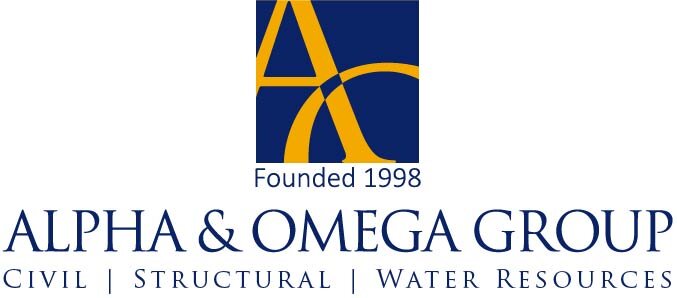History of Transportation Infrastructure Maintenance Needs
/Construction of a Federal Aid Road Act bridge in about 1920 in Person County, NC
The earliest half of the twentieth century in the United States ushered great growth in technology and transportation. Newly constructed highways and bridges, built under the Federal-Aid Road Act of 1916, allowed people and goods to cross the nation with unprecedented speed and efficiency. Later, President Roosevelt's Works Progress Administration and President Eisenhower's Interstate Highway System expanded our transportation infrastructure even more. Eventually, however, new construction slowed, and existing structures began to age. With fatal infrastructure catastrophes such as the 1967 Silver Bridge collapse in West Virginia and the 1983 Mianus River Bridge collapse in Connecticut, public concern grew over the safety of our nation's bridges, tunnels, dams and other structures.
The North Carolina Department of Transportation, following the Federal Highway Administration's National Bridge Inspection Standards, has implemented an aggressive inspection program, employing private engineering firms around the state to assess the structural stability of our transportation infrastructure and to make recommendations for needed repairs.
An A&O bridge inspector “sounds the element,” tapping lightly against the bridge structure to identify deficiencies in the concrete.
Each of North Carolina's 18,000 bridges and culverts of 20 feet or longer must be inspected every two years. If the inspectors discover a safety concern, the NCDOT may post a weight limit, make repairs, or even close a bridge until repairs can be made. Regular inspections help the NCDOT prioritize the urgency of repairs and to manage the cost to taxpayers. (To be continued)





